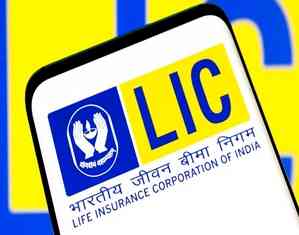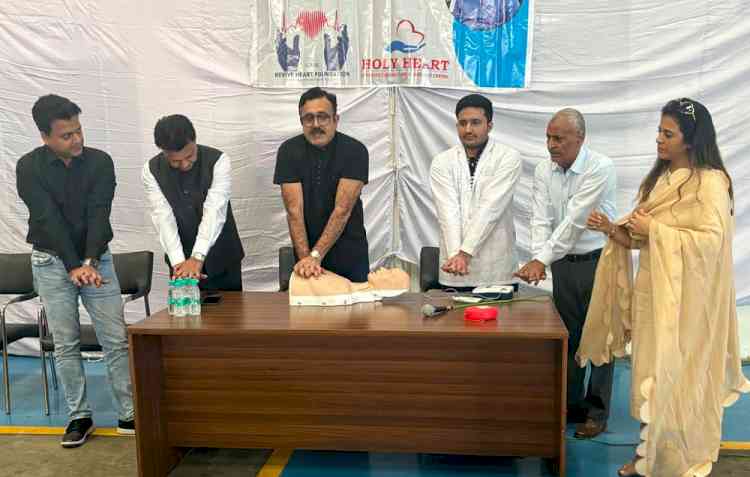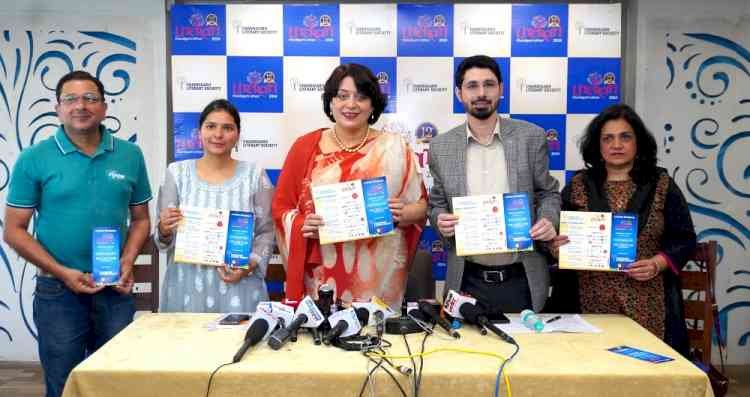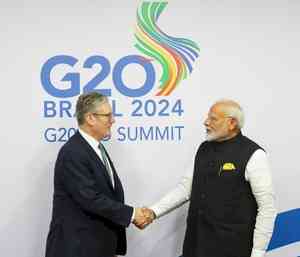People with myopia have three times higher risk of developing glaucoma
People with moderate to high myopia are three times more likely to develop glaucoma later in life, with the risk directly proportional to severity of the eye condition. This was said by doctors of Dr. Agarwals Eye Hospital in Mumbai during the ongoing Glaucoma Awareness Month.

Hyderabad/Mumbai, January 18, 2024: People with moderate to high myopia are three times more likely to develop glaucoma later in life, with the risk directly proportional to severity of the eye condition. This was said by doctors of Dr. Agarwals Eye Hospital in Mumbai during the ongoing Glaucoma Awareness Month.
Explaining the relationship between myopia and glaucoma, Dr. Nidhi Jyoti Shetty, Glaucoma Consultant, Dr. Agarwals Eye Hospital, Mumbai, said: “The optic nerve head in myopic eyes may be much more susceptible to glaucoma because of the changes in structure of the connective tissue. The increased risk may also be related to the reduction in the thickness of retinal nerve layer in myopic eyes. A reputed study found a strong corelation between primary open-angle glaucoma (POAG) and myopia, with an odds ratio of 2.3 in eyes with low myopia and 3.3 in eyes with moderate-to-high myopia. Myopic glaucoma may be associated with earlier onset of disease and early development of a central vision defect.”
One of the major risk factors for glaucoma is eye pressure. An abnormality in the eye’s drainage system can cause fluid to build up, leading to excessive pressure that causes damage to the optic nerve, leading to loss of eyesight. The estimated prevalence of glaucoma among Indians varies between 2.7-4.3%. It is responsible for blindness in 1.2 million people and accounts for 5.5% of total blindness, making it one of the leading causes of irreversible blindness in India. On the other hand, the prevalence of myopia in 5 to 15-year-old urban children in the country has increased from 4.4% in 1999 to 21.1% in 2019. The prevalence is expected to increase further to 31.8% in 2030, 40% in 2040 and 48.1% in 2050, especially among children and working population.
Several precautions can be taken against glaucoma and myopia. Said Dr. Nidhi Jyoti Shetty: “People with myopia can avoid or delay the chances of getting glaucoma by maintaining a healthy lifestyle, especially diet and exercise, as recommended by their doctor. They should also undergo regular follow-up and screening tests to maintain the disease, if diagnosed at early stages.”
She added: “Once a year follow-up is recommended for someone with high myopia. If diagnosed with any retinal disease or glaucoma, this duration can reduce to every three months or even every month. Glaucoma is a disease that does not show any symptom in early stages. Therefore the patient needs to watch out for repeated headaches or migraine attacks, or changes in peripheral vision.”


 City Air News
City Air News 











